Oil price plasters over OPEC rifts - for now
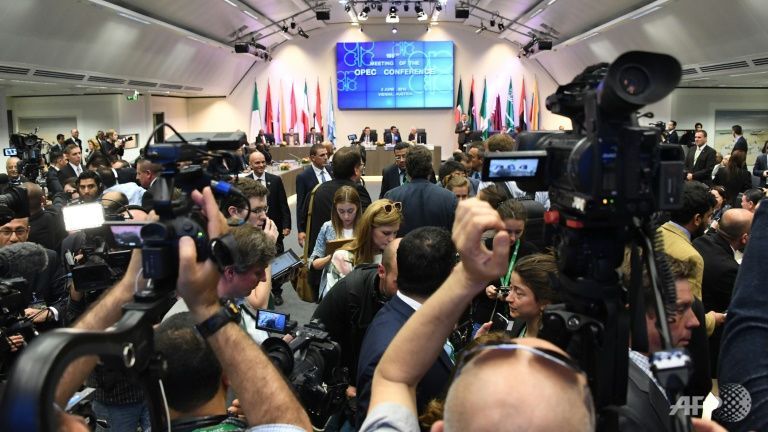 |
| Meeting in Vienna on Thursday, the Organization of the Petroleum Exporting Countries expressed confidence that the crisis of the past two years that saw prices plunge and splits emerge was now over. (AFP/Joe Klamar) |
VIENNA: OPEC looks to be in a happier place with oil prices recovering, but its inability to agree an output ceiling to restrain the flow of crude betrays lingering divisions that could spell trouble ahead, analysts warn.
Meeting in Vienna on Thursday, the Organization of the Petroleum Exporting Countries expressed confidence that the crisis of the past two years that saw prices plunge and splits emerge was now over.
It said that since December, "crude oil prices have risen by more than 80 percent, supply and demand (has been) converging and oil and producer stock levels in the OECD have recently shown moderation."
According to Helima Croft at RBC Capital Markets, the mood at the bi-annual gathering was a "lot more upbeat" than the acrimonious last meeting in December.
Saudi Arabia's Energy Minister Khaled al-Falih, newly appointed by the kingdom's dynamic Deputy Crown Prince Mohammed bin Salman, went on a "charm offensive" to "mend fences," Croft said.
This was helped by the fact that OPEC's Riyadh-driven strategy of keeping pumping oil at high levels in order to maintain market share and squeeze competitors despite low prices appears, at last, to be working.
With dozens of US shale oil producers going bankrupt, non-OPEC output is forecast to fall and prices have recovered to around US$50, a six-month high, having tumbled from over $100 in 2014 to almost US$25 in January.
At the same time, the International Energy Agency predicts the stubborn global supply glut -- which sparked the vicious price collapse -- would "shrink dramatically" this year. Demand also looks healthy.
This recovery is coming just in time, too, with years of low prices having hit investment in new wells and technologies, creating concerns about possible supply problems in the future.
"You have to have stronger oil prices. Investment is so low now, it has been shrinking for two years. This has never happened before," Bill Farren-Price of Petroleum Policy Intelligence (PPI) told AFP.
NO DOGFIGHT
The meeting also saw regional rivals Saudi Arabia and Iran - which is ramping up output after nuclear sanctions were lifted this year and adding to pressure on the price - appearing to bury the hatchet, in Vienna at least.
Saudi Arabia "made it very clear that they have no intention of swamping the market with oil as a means of hurting Iran economically through a lower oil price," said Bjarne Schieldrop at SEB Markets.
This signalled that there is no "internal dogfight," Schieldrop said.
"I believe that this time there was a very good unity between OPEC members," Iran's Oil Minister Bijan Zanganeh said, with no signs that any members would "do something against each other to destabilise the market".
This better mood allowed OPEC to finally name a new secretary general. Nigeria's Mohammed Barkindo will replace long-serving Abdullah el-Badri of Libya, who soldiered on in the job for years as OPEC members could not concur on a successor.
However, the 13-nation cartel - 14 from July 1 with Gabon joining - didn't manage to agree a new collective output ceiling, having scrapped its previous one at the December meeting.
Experts said that the Saudis proposed reinstating one but that the Iranians baulked. Zanganeh said that setting a collective OPEC ceiling "means nothing" without agreeing production quotas for members.
OPEC 'ADRIFT'
But for RBC's Croft, a ceiling would be "a positive sign that down the road at some point they will be involved in more active market management. Right now we have had 18 months of essentially OPEC being adrift."
Jason Schenker, president of Prestige Economics, agreed, telling AFP that the lack of ceiling "throws into question their efficacy to operate regarding physical production levels".
Ole Hansen at Saxo Bank said that OPEC's "struggle to agree on much apart from (the) status quo" means that prices could "once again turn towards the downside".
"With key technical levels currently being tested there is a raised risk of a deeper correction," Hansen said.
And this in turn, could reignite divisions within the group.
What the stars mean:
★ Poor ★ ★ Promising ★★★ Good ★★★★ Very good ★★★★★ Exceptional
Latest News
More News
- Tropical storm Trami leaves at least 24 people dead in Philippines (October 24, 2024 | 17:36)
- Singapore grants conditional approval for solar power import from Australia (October 24, 2024 | 17:27)
- ASEAN digital economy set to reach $2 trillion by 2030 (October 22, 2024 | 15:08)
- Thailand asks Laos to waive visa fee at border checkpoints to boost tourism (October 21, 2024 | 17:23)
- Laos pledges to continue efforts to empower girls (October 21, 2024 | 17:17)
- Chinese electric vehicle maker to build plant in Indonesia (October 21, 2024 | 17:12)
- Vietnam Elevator Association introduces Elevator Safety Application to the world (October 18, 2024 | 09:00)
- A taste of the future - the go-to spot at the Worldchefs Congress & Expo 2024 (October 15, 2024 | 16:11)
- Jakarta to impose household waste levy (October 14, 2024 | 16:49)
- China, Laos plan to build connectivity development corridor with Thailand (October 14, 2024 | 16:19)




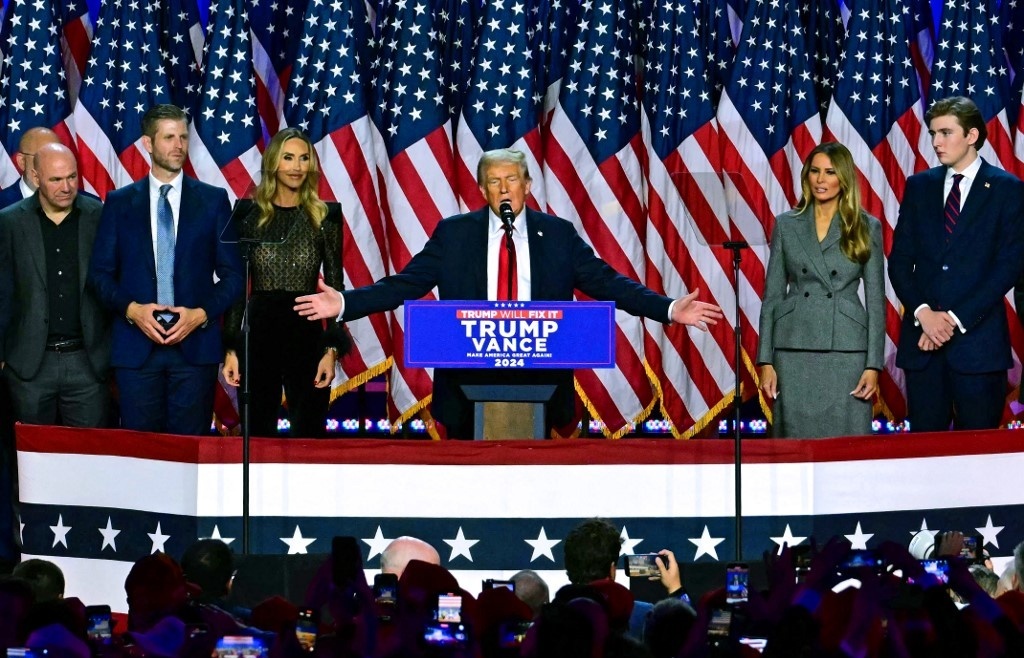
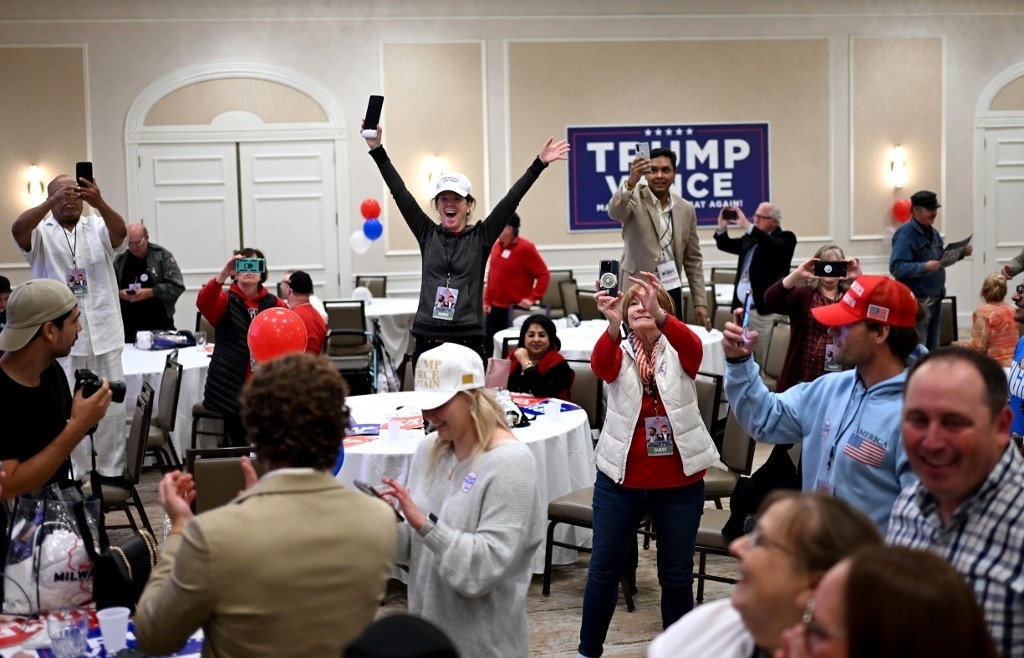
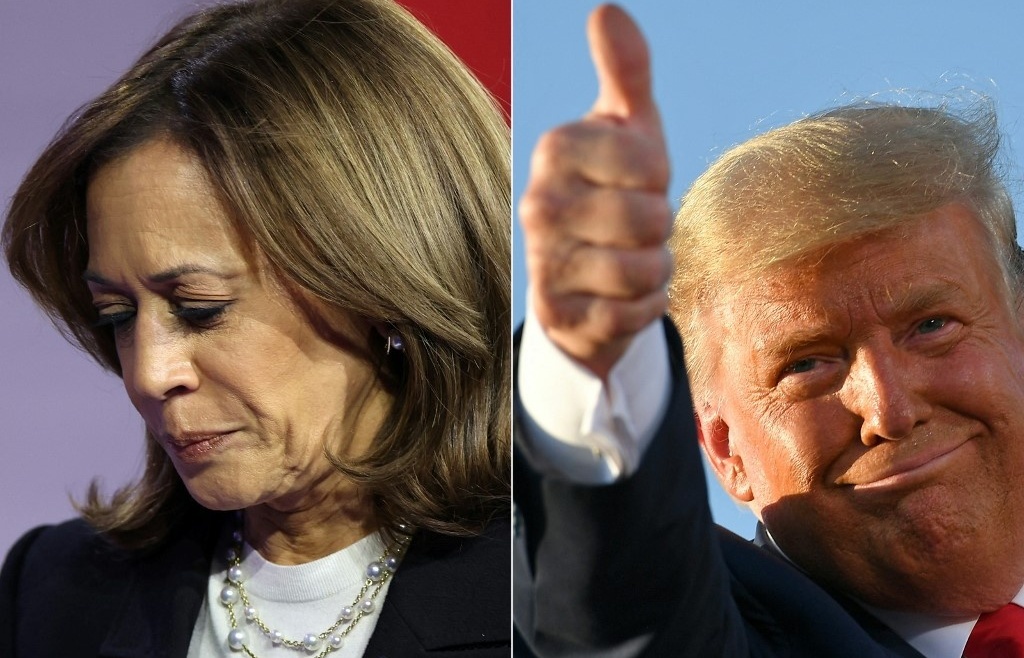
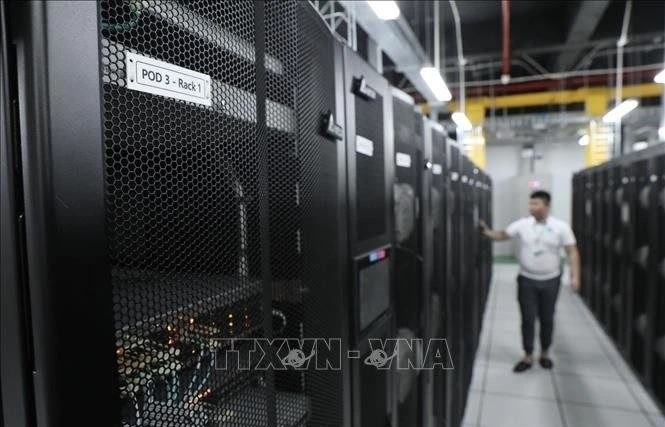









 Mobile Version
Mobile Version